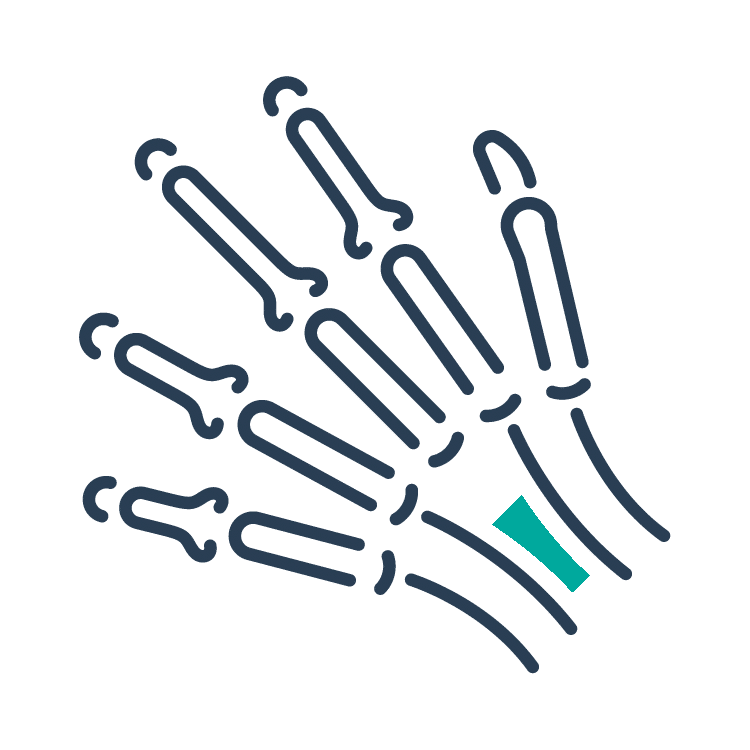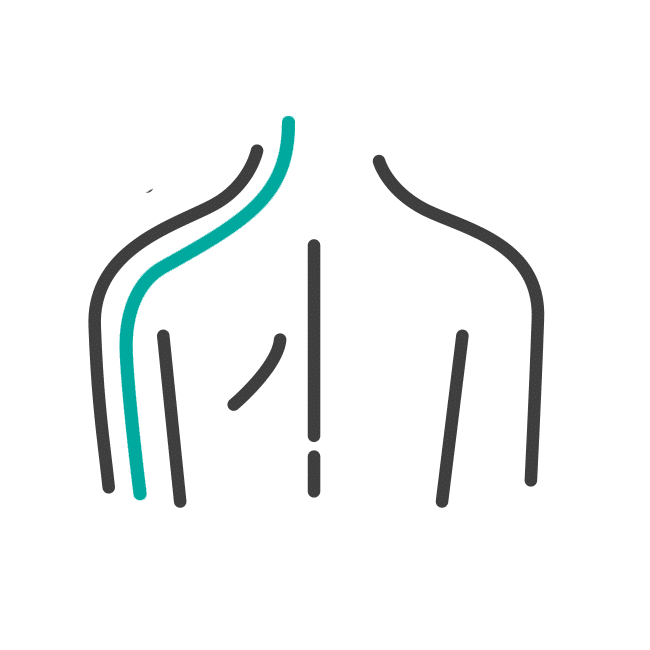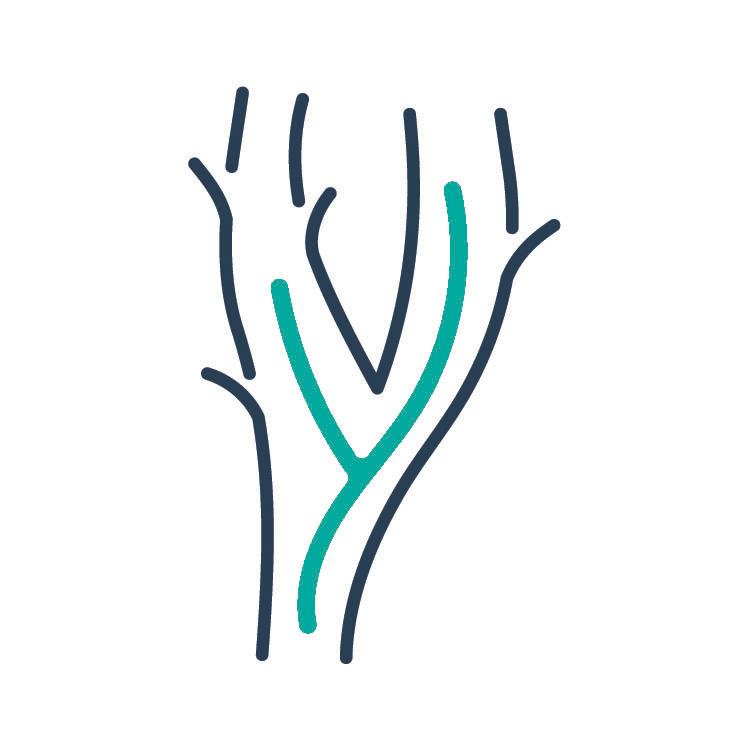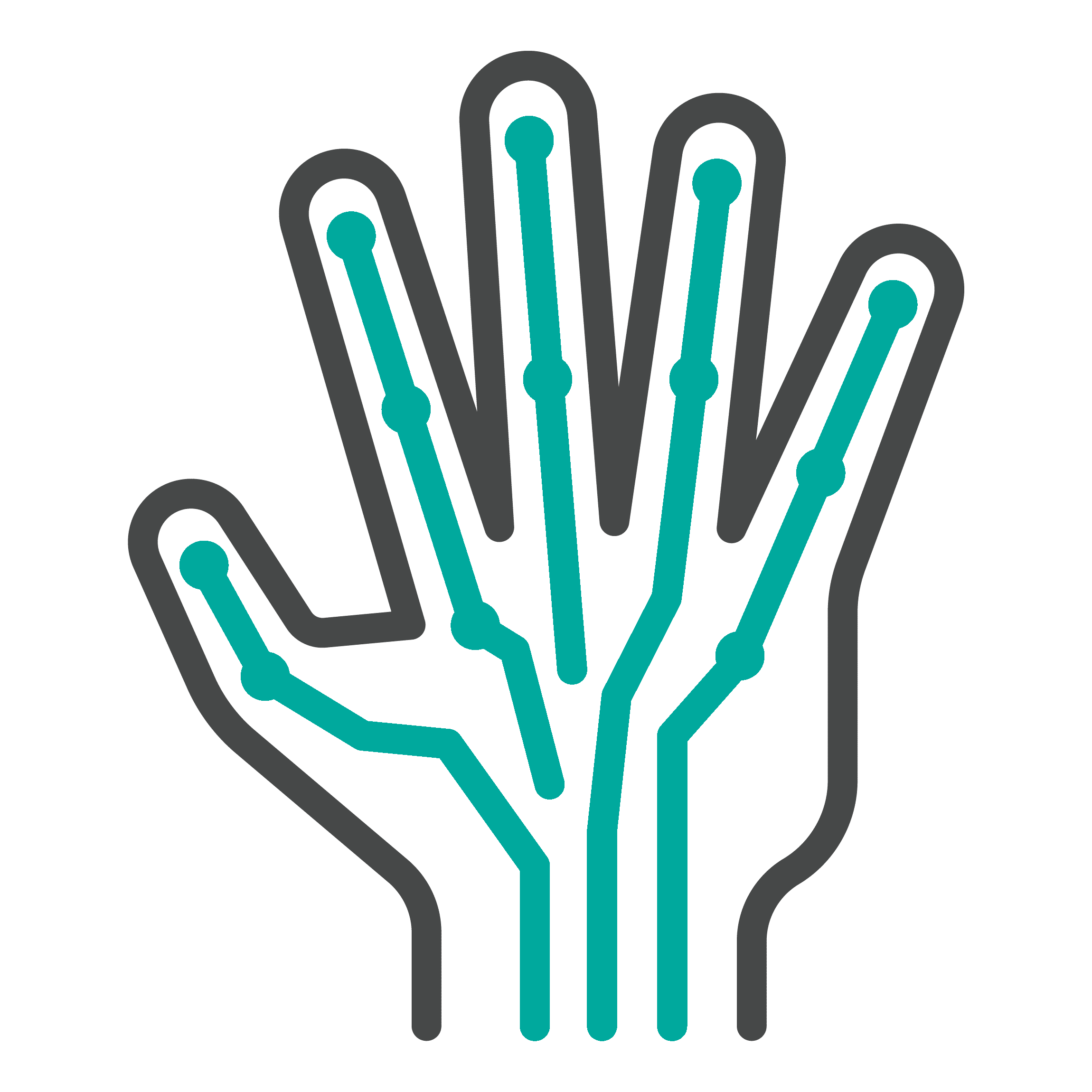- The Basics
- Head
- Neuroanatomy
- Neck
- Thorax
- Back
- Upper Limb
- Lower Limb
- Abdomen
- Pelvis
- 3D Body
The Upper Limb
There are 7 main areas covered in the upper limb; The muscles, bones, joints, nerves, blood and lymphatic supply, anatomical areas, and the structures in the hand.
There are a large number of muscles in the upper limb, these are involved in allowing us to move and perform important tasks such as gripping with our hands or raising our arms, they also provide extra stability around the shoulder joint.
There are 4 main groups of bones in the upper limb, the bones of the shoulder girdle, upper arm, forearm, and the bones of the hand. These provide skeletal support as well as being the site of origin and attachment for the many muscles to act as leverage points. The joints of the upper limb are found between some of these bones and the muscles crossing them allow us to orient these joints.
The nerves of the upper limb arise from a complex arrangement of nerve fibers known as the brachial plexus; These nerves give sensation to our upper limb, as well as innervating the muscles, allowing us to move them at will.
The anatomical areas found on the upper limb can serve as key landmarks to help us find important anatomical structures such as finding one of the superficial veins: The median cubital vein (a common site site for venepuncture) in the antecubital fossa of the arm. This vein, as well as the deep veins, act as counterparts to the arteries supplying the arm by bringing deoxygenated blood back to the heart.
The hand is a very mobile part of the upper limb, and we perform very specialised tasks with it every day, key adaptations can be seen in the specialised structures of the hand.
In this section, learn more about the upper limb: Its bones, muscles, nerves, joints, blood vessels and lymphatics, anatomical areas, and structures found in the hand.







